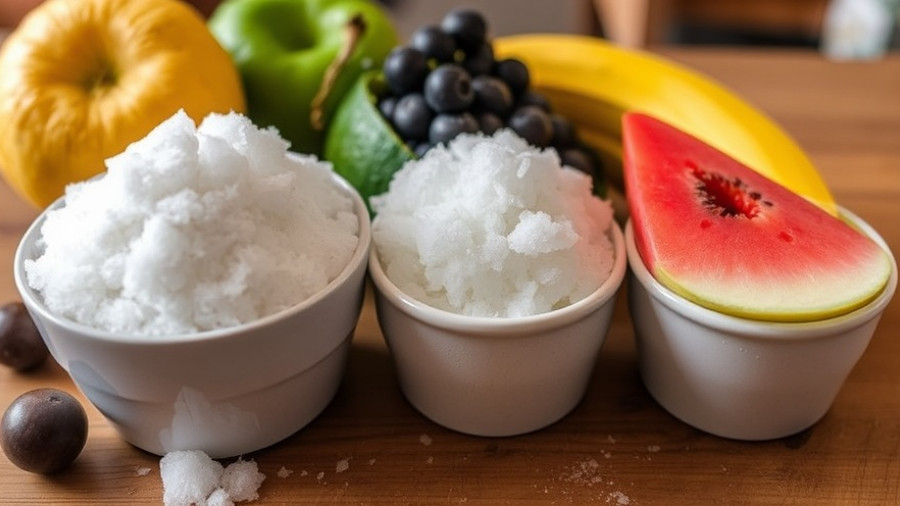
Understanding the Difference: Sugar from Fruit vs. Added Sugars
As parents, homeowners, and seniors navigate the complexities of nutrition, one question often arises: Is sugar from fruit harmful? The short answer is no, especially when compared to added sugars found in many processed foods. Fruit sugars are natural and come packaged with essential nutrients like vitamins, minerals, and fiber that contribute positively to our health.
Why Natural Sugars Are Beneficial
Unlike added sugars, which are quickly absorbed into the bloodstream, natural sugars in fruits are embedded within fiber-rich plant cells. This means your body must break down the entirety of the fruit to access the sugar, leading to a more gradual rise in blood sugar levels. For example, while a ripe banana contains about 101 calories, it also delivers a wealth of nutrients, making it a satisfying and healthful snack.
Debunking the Myths: Can Fruit Lead to Weight Gain?
Despite some dietary myths suggesting that fruits may contribute to weight gain, research shows that whole fruits are unlikely to do so when consumed in moderation. The key lies in understanding that whole fruits come with benefits despite their sugar content. In fact, increasing fruit intake can lower the risk of various diseases, including cardiovascular disease and certain cancers.
Practical Advice for Including More Fruit in Your Diet
We're often encouraged to consume at least 1.5 to 2 cups of fruits per day, yet many of us fall short of this recommendation. One easy way to increase fruit consumption is to incorporate fruits into meals—think of using berries in yogurt or bananas on whole-grain toast. For those concerned about added sugars, always check product labels—choose whole fruits over fruit juices or processed snacks where sugar is often concealed.
The Bottom Line: Embrace Whole Fruits
Nutrition can often feel overwhelming, especially when faced with conflicting information. However, it’s clear from the nutritional evidence that consuming whole fruits is beneficial. They play a critical role in a balanced diet, providing essential nutrients without the harmful effects associated with processed, added sugars. Thus, it’s safe and healthy to include several servings of fruit in your daily routine.
For many, the joy of eating nutrient-rich fruits is an enjoyable and healthful choice that should not be overlooked. By understanding the differences between natural and added sugars, we can make informed choices that support our well-being and those of our families.
 Add Row
Add Row  Add
Add 




Write A Comment